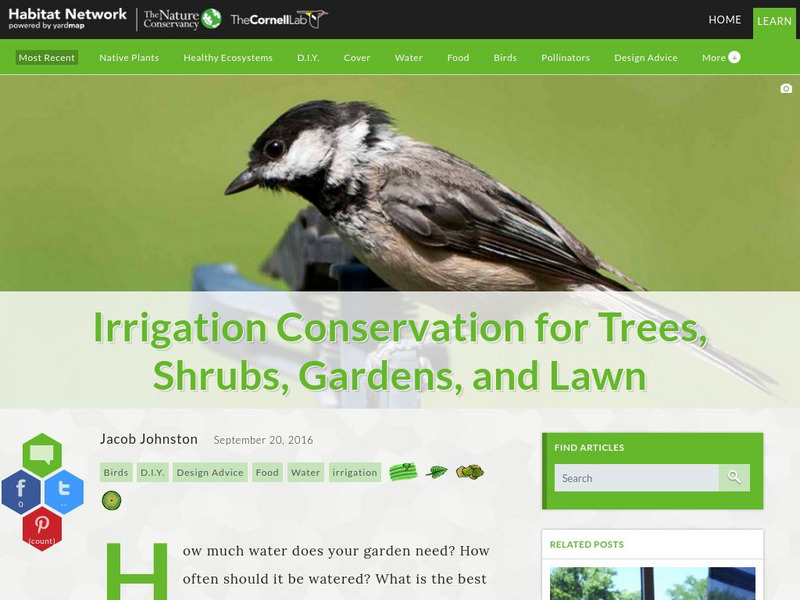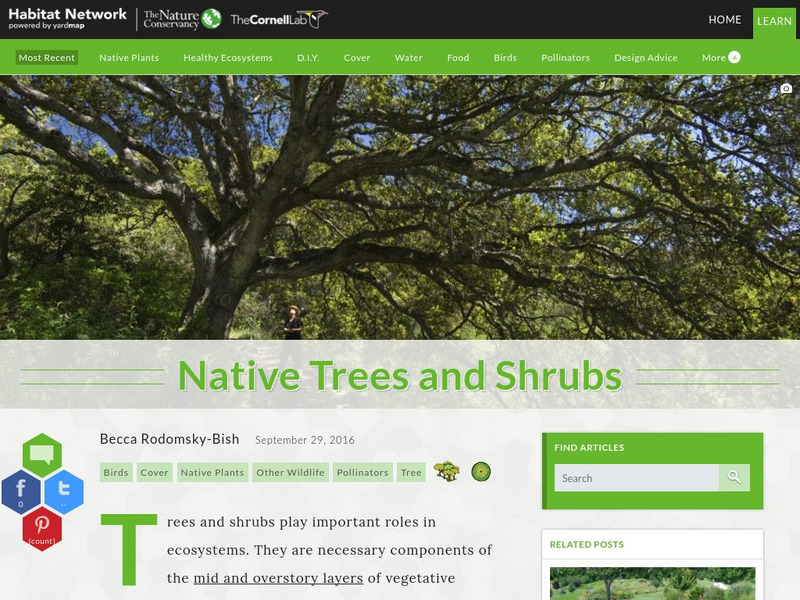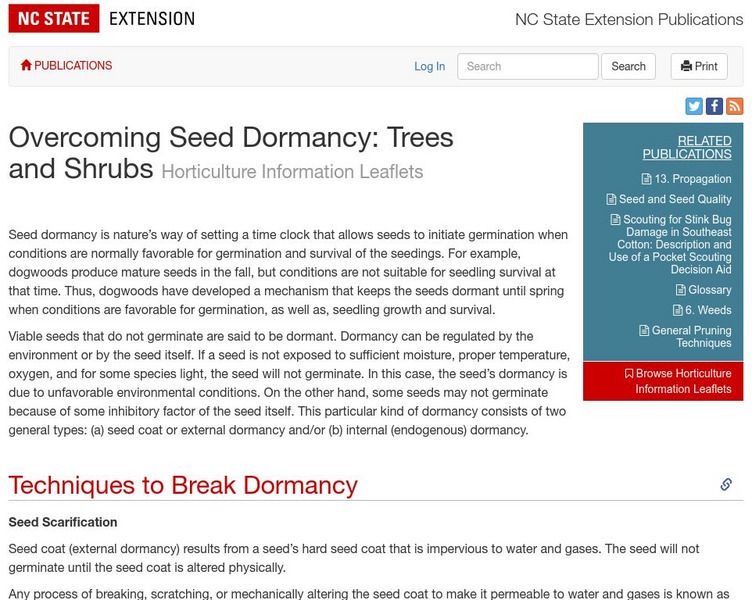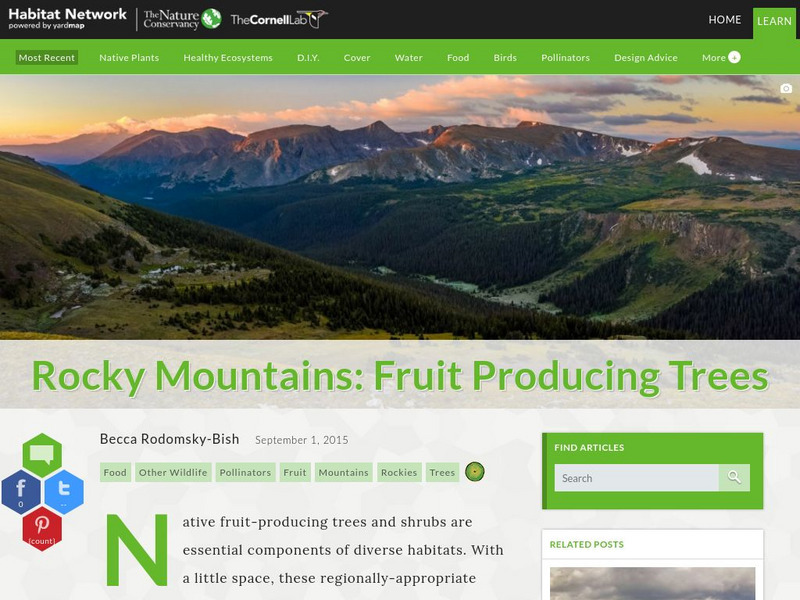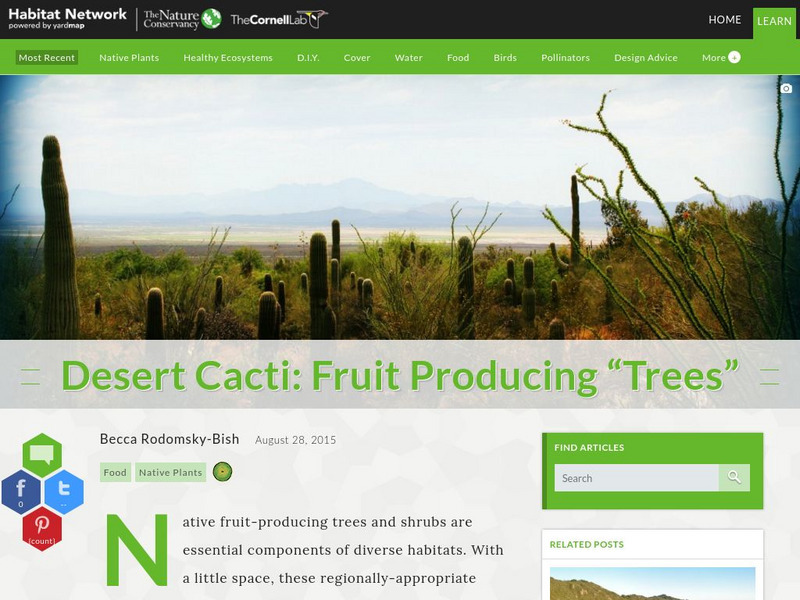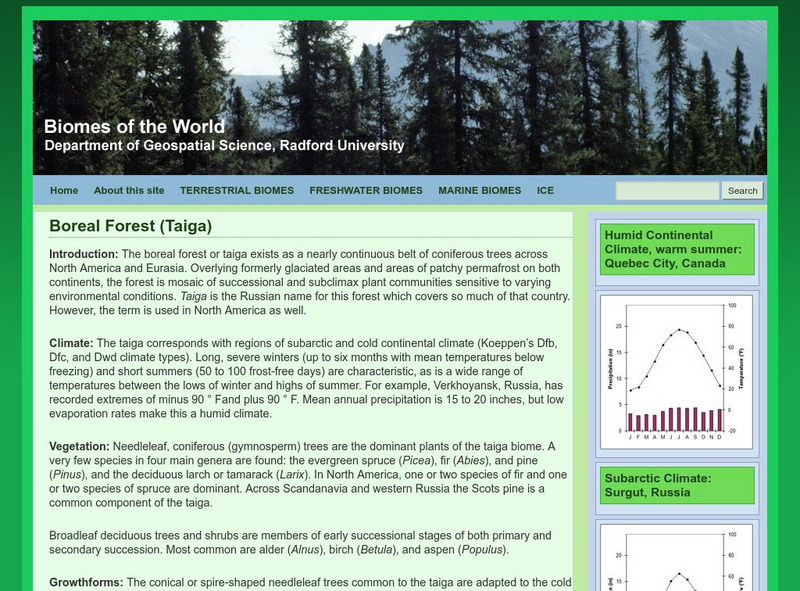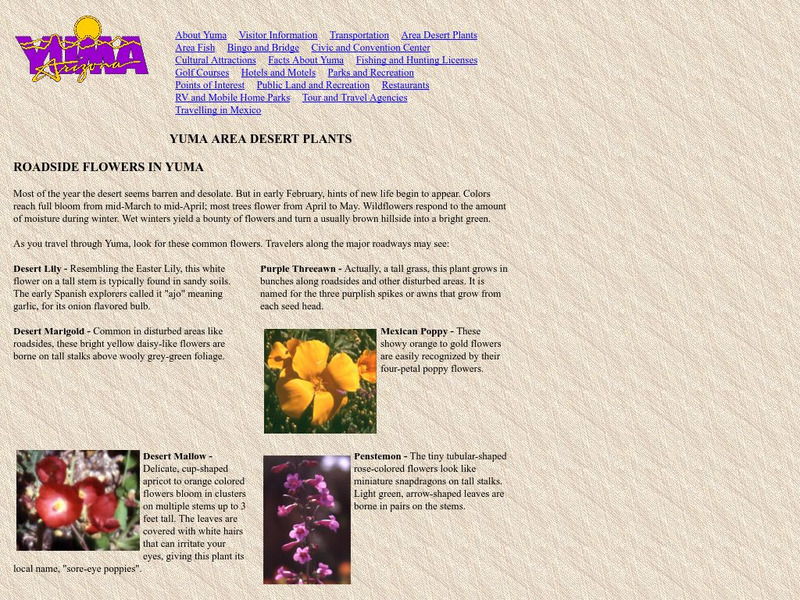Cornell Lab of Ornithology
Habitat Network: Irrigation Conservation for Trees, Shrubs, Gardens, and Lawn
Find out how to provide the proper amount of water for optimal growth and biodiversity in a backyard habitat.
Cornell Lab of Ornithology
Habitat Network: Native Trees and Shrubs
Find out why vegetation such as trees and shrubs play important roles in ecosystems.
NC State University
Horticulture Information Leaflets: Overcoming Seed Dormancy: Trees and Shrubs
Good list of examples of how dormancy in tree seeds can be overcome. In the discussion, you'll pick up a fair amount about dormancy in plants.
Energy for Sustainable Development
Esd Bulgaria: Kids & Energy: Energy and Trees
An interesting discussion of energy forestry, where a fast-growing species of tree or woody shrub is grown specifically to provide biomass or biofuel for heating or power generation. Explains some benefits and problems with this industry.
Cornell Lab of Ornithology
Habitat Network: Rocky Mountains: Fruit Producing Trees
Find out why native fruit-producing trees and shrubs are essential components of diverse habitats.
Cornell Lab of Ornithology
Habitat Network: Southeast: Fruit Producing Trees
Find out why native fruit-producing trees and shrubs are essential components of diverse habitats.
Cornell Lab of Ornithology
Habitat Network: Pacific Mixed Forest: Fruit Producing Trees
Find out why native fruit-producing trees and shrubs are essential components of diverse habitats.
Cornell Lab of Ornithology
Habitat Network: Northeast and Midwest: Fruit Producing Trees
Find out why native fruit-producing trees and shrubs are essential components of diverse habitats.
Cornell Lab of Ornithology
Habitat Network: California Chaparral: Fruit Producing Trees
Find out why native fruit-producing trees and shrubs are essential components of diverse habitats.
Cornell Lab of Ornithology
Habitat Network: Desert Cacti: Fruit Producing "Trees"
Find out why native fruit-producing trees and shrubs are essential components of diverse habitats.
Science Education Resource Center at Carleton College
Serc: English Language Learners Create a Botanic Field Guide
Students gather information and create a botanic field guide which includes the common and scientific names for plants (trees, shrubs, wildflowers, plants) typically found in their surroundings.
Other
City of Austin: Watershed Protection Office: Plants
Provides guidance for what plants will survive the best in the Texas environment, and how to grow and protect them. There is information about native and adapted plants, invasive plant species, plants resistant to deer, backyard ponds,...
Curated OER
National Park Service: Alien Plant Invaders of Natural Areas
A virtual who's who of invasive plants, herbs, vines, shrubs, and trees. This comprehensive site provides easy-to-read fact sheets that contain native ranges, plant descriptions, ecological threats, U.S. distributions & habitats,...
Curated OER
National Park Service: Arches National Park: Plants
Information about the cacti, grasses, lichens, trees, shrubs, and wildflowers that grow in Arches National Park, located in Moab, Utah. Focus is placed on the adaptations of these plants that allow survival in a desert habitat.
CK-12 Foundation
Ck 12: Life Science: Terrestrial Biomes
[Free Registration/Login may be required to access all resource tools.] A terrestrial biome is an area of land with a similar climate that includes similar communities of plants and animals. Different terrestrial biomes are usually...
Environmental Education for Kids
Eek!: Forest Plants
Forest plants include trees, shrubs, vines, mosses, ferns, woodland wildflowers, and other green and growing things that can thrive in shade. Read about some of Wisconsin's forest plants.
Other
H2ous.org: H20 Use: Gardening Guide
Find inspiration for water-conserving gardens. Take a garden tour or look at the garden gallery for more ideas. Hot links are provided to favored plants and their detailed information.
Other
Radford University: Taiga or Boreal Forest
This site provides a thorough fact sheet of a taiga forest (or boreal forest as it is otherwise known). Content includes a look at the forest climate, vegetation, growth forms, and soil. Additional information can be found on the alpine...
Other
Perspective: The Plant Kingdom
Did you know their are about 270,000 plant species? This webpage investigates the phyla of the plant kingdom. Learn how plants are classified based on their tissue structure, seed structure, and stature. Each division is described with...
Alabama Learning Exchange
Alex: Field Challenge Strategy Game
Lesson plan describing a strategy game where students use flags in a large field to mimic the growth and spread of trees, grass, and shrubs. Rules for game include how trees, grass, and shrubs interact to compete for sunlight, nutrients,...
Other
Bureau of Land Management: Yuma Area Desert Plants
Graphics and descriptions of the desert lily, desert marigold, desert mallow, purple threewa, Mexican poppy, trees and shrubs in the Yum, Arizona region.
Museum of Applied Arts and Sciences
Museum of Applied Arts & Sciences: Pot Biz
Learn how to be a successful innovator as you try to turn an idea for a decomposing plant pot into a profitable business. It won't be easy; being an innovator never is. In this interactive game, the decisions you make could lead to fame...
Cornell Lab of Ornithology
Habitat Network: Habitat Feature: Evergreens
Learn how evergreen plants, both trees and shrubs have important roles to play in landscaping- from aesthetic to ecological.
NSTATE
Texas State Symbols
Here is a complete list of the Texas state symbols, including their year of adoption. Click on one to be taken to a page with more information and a picture.
